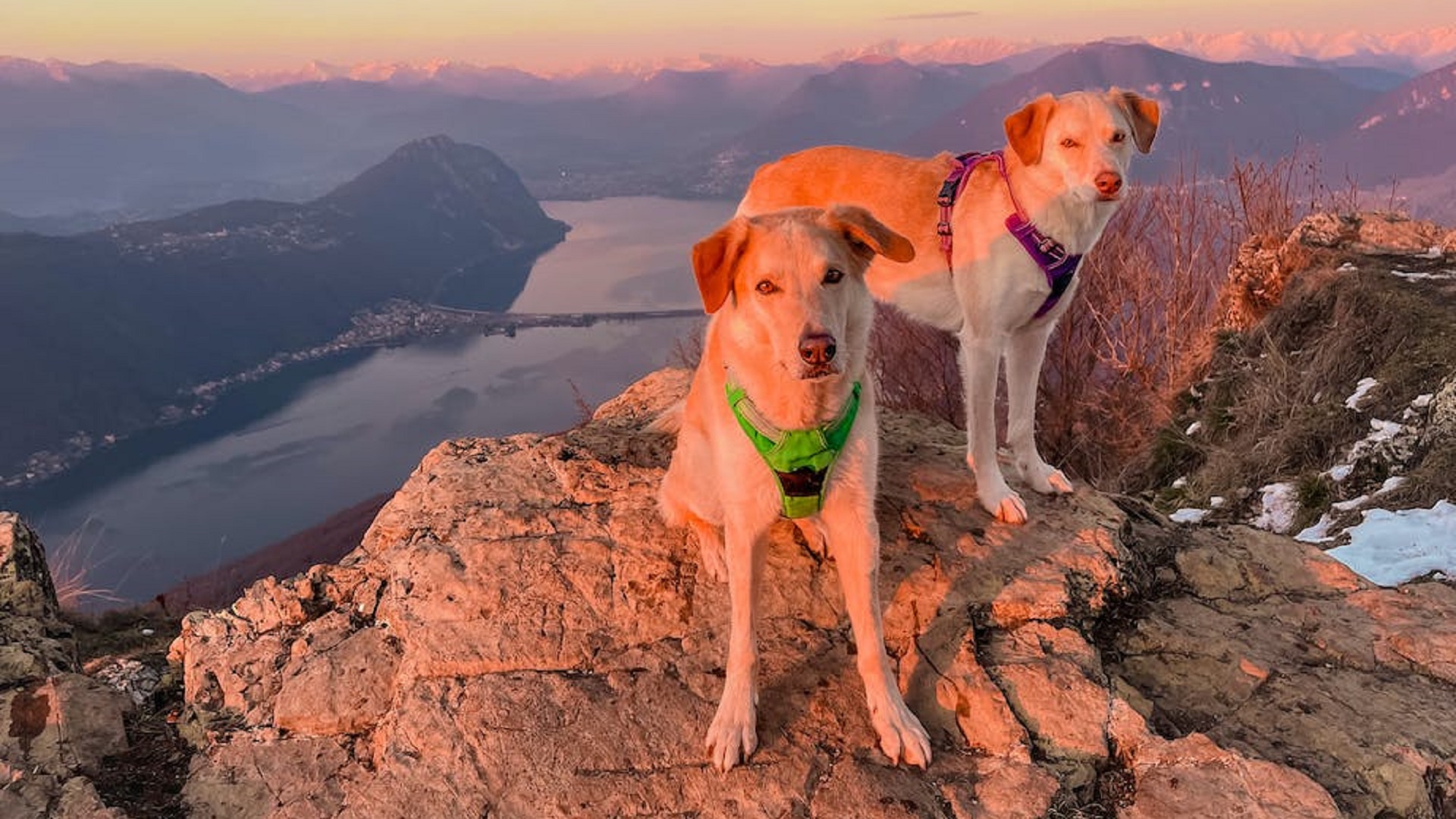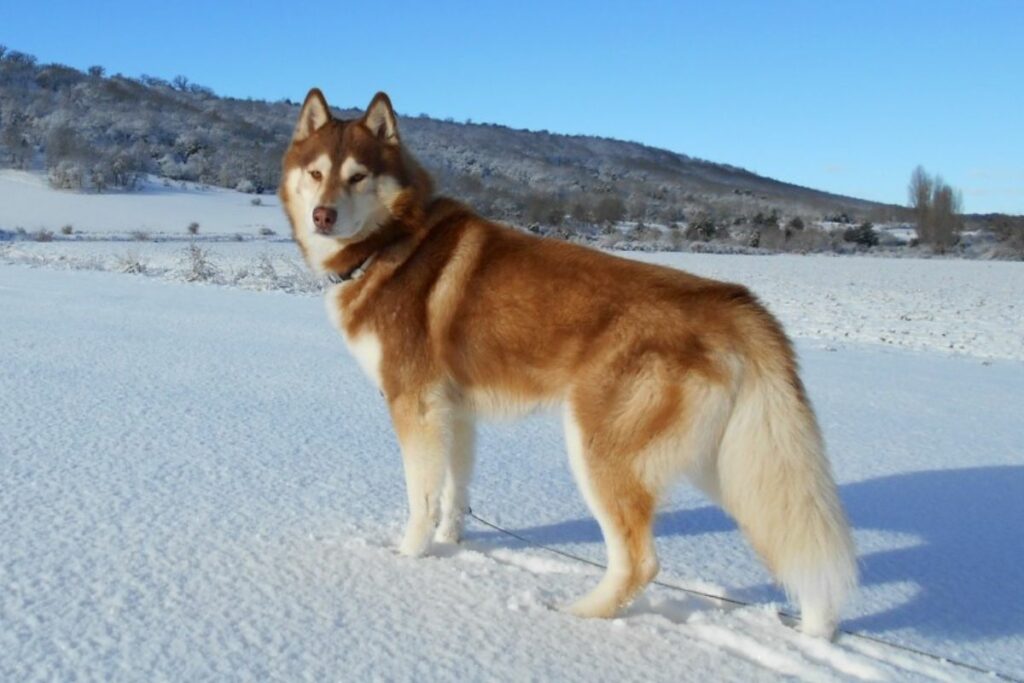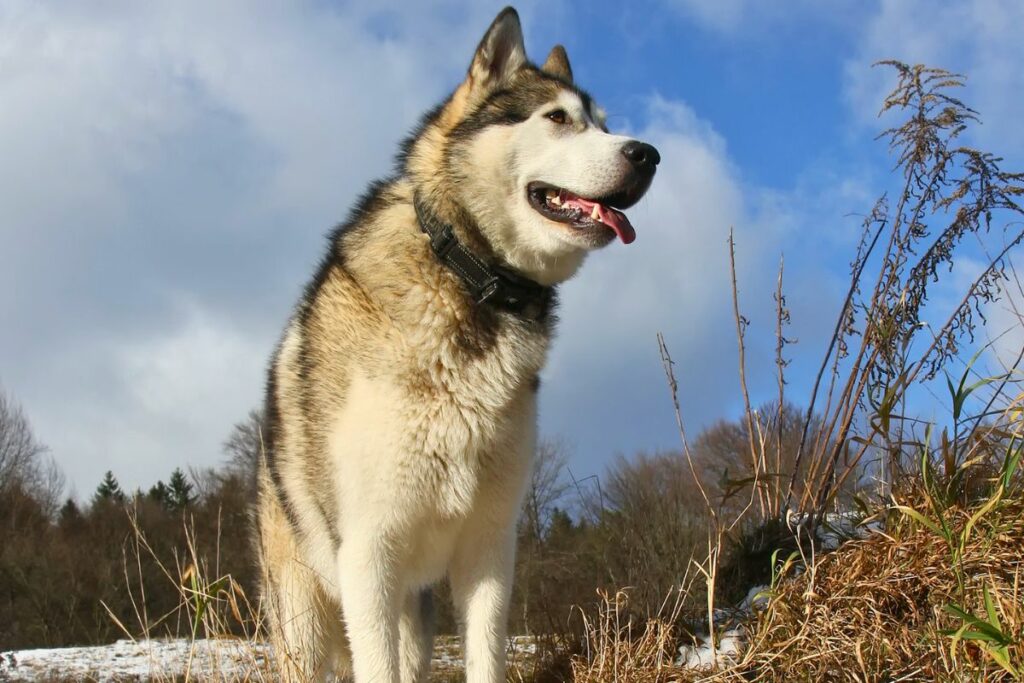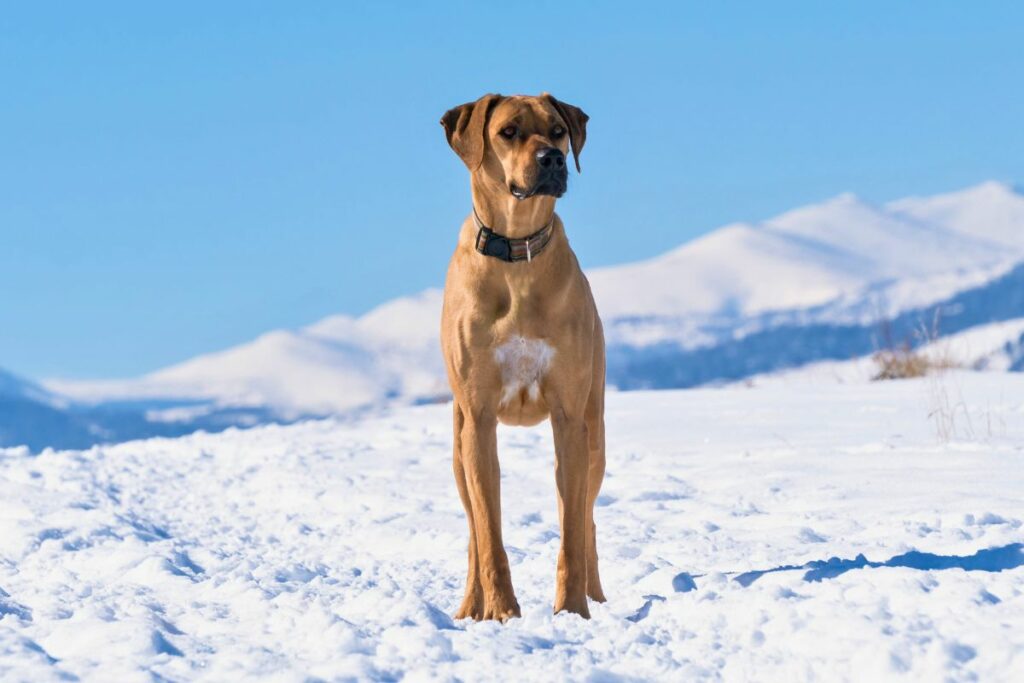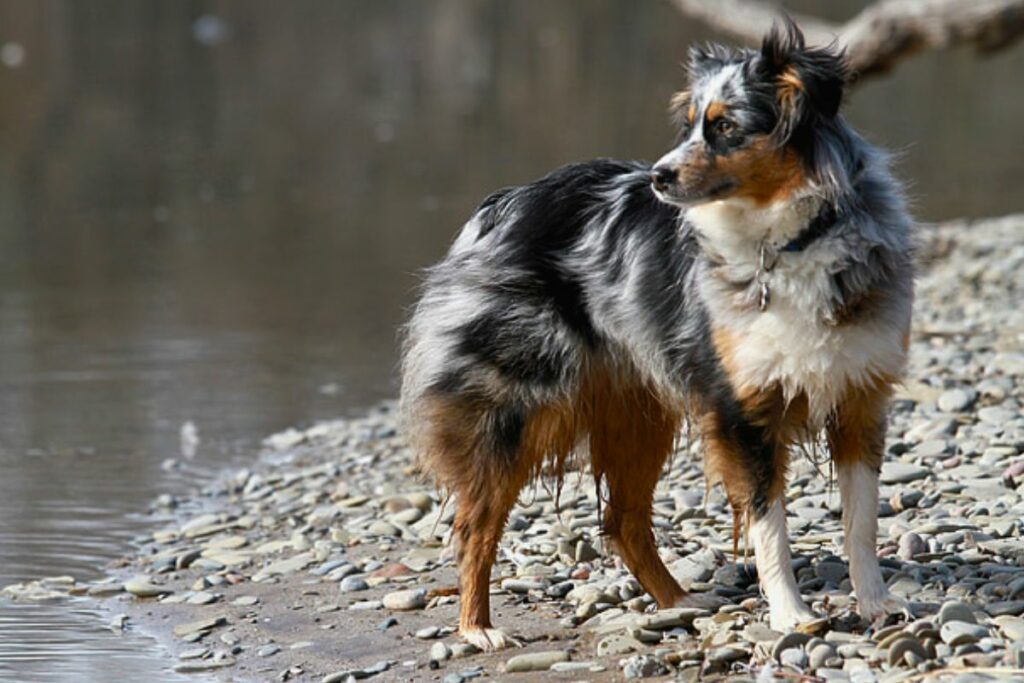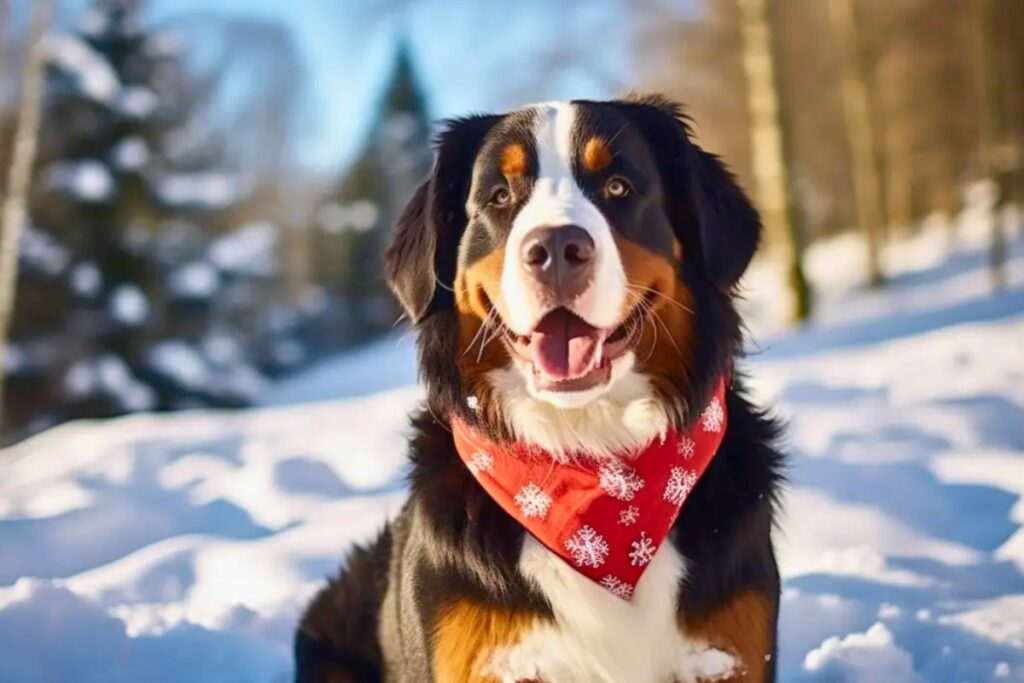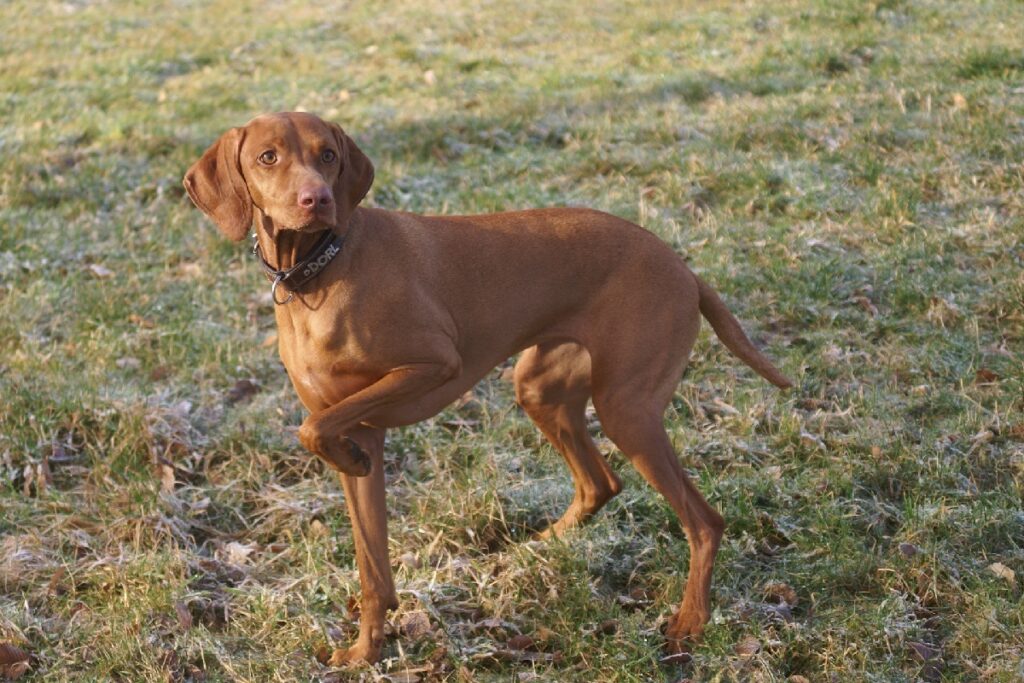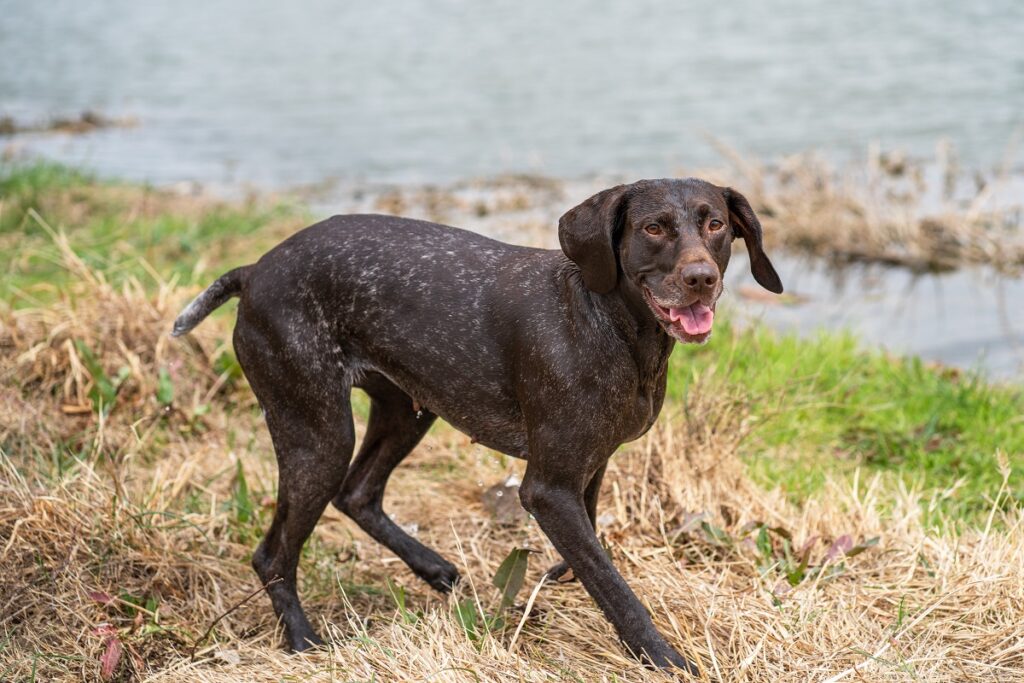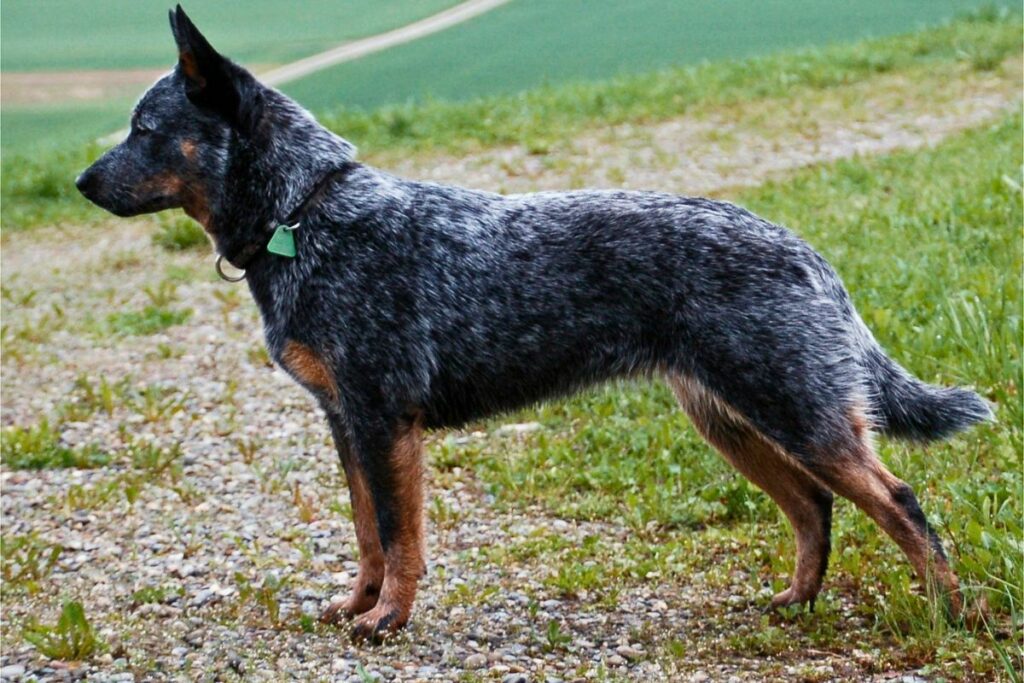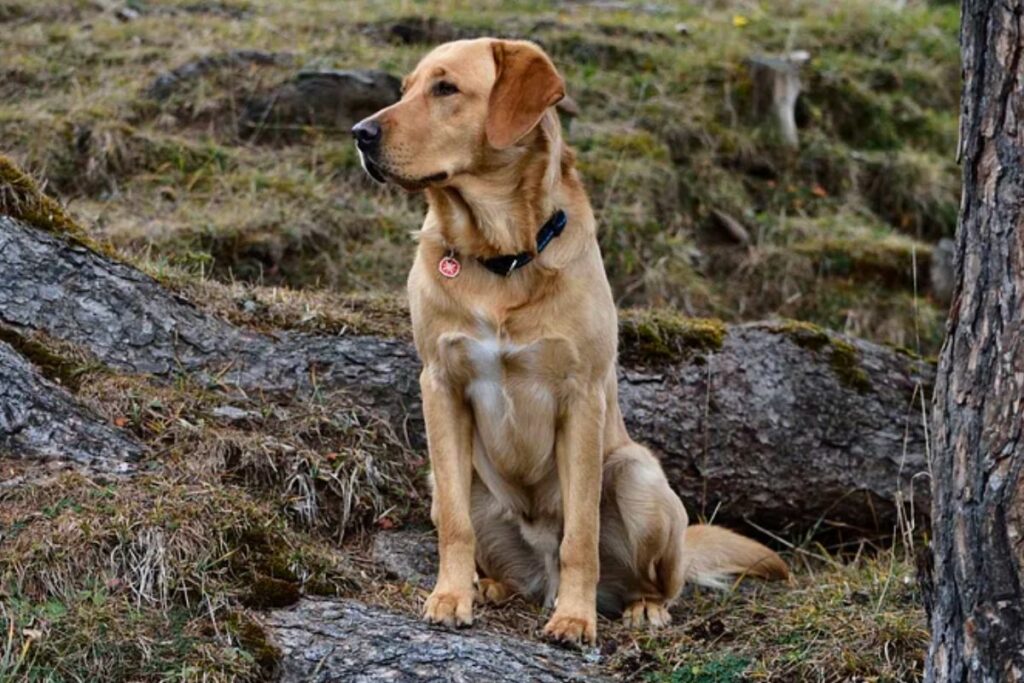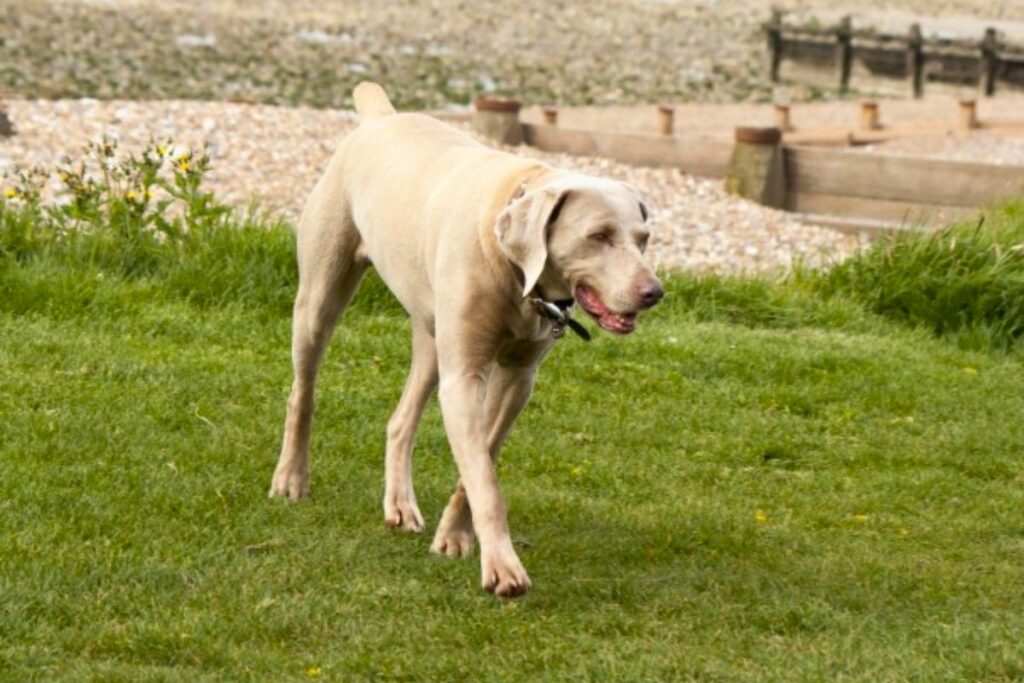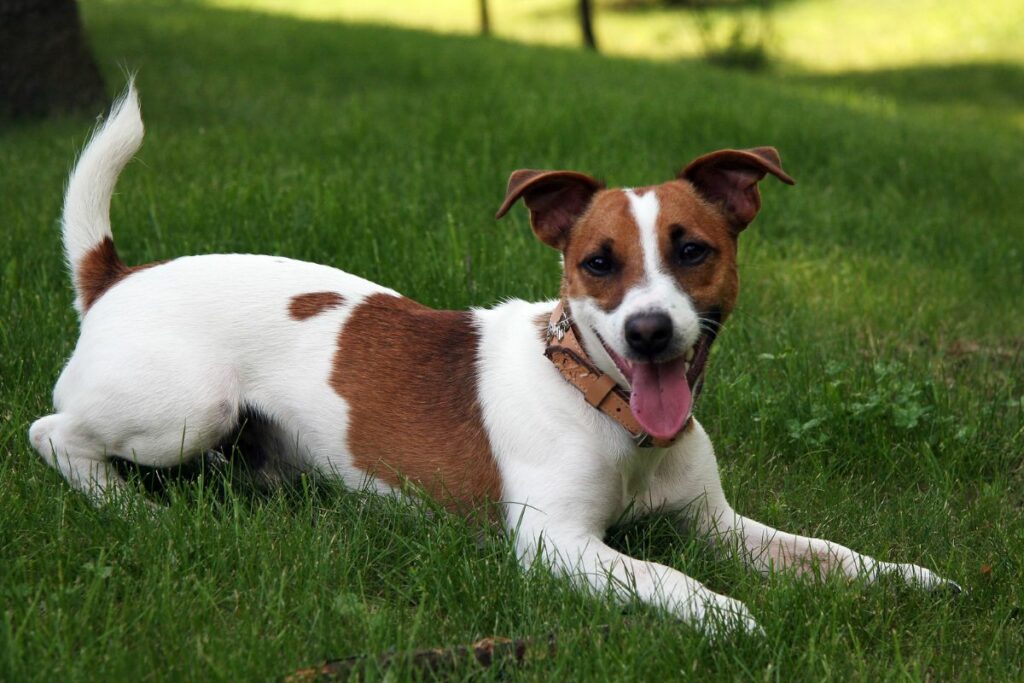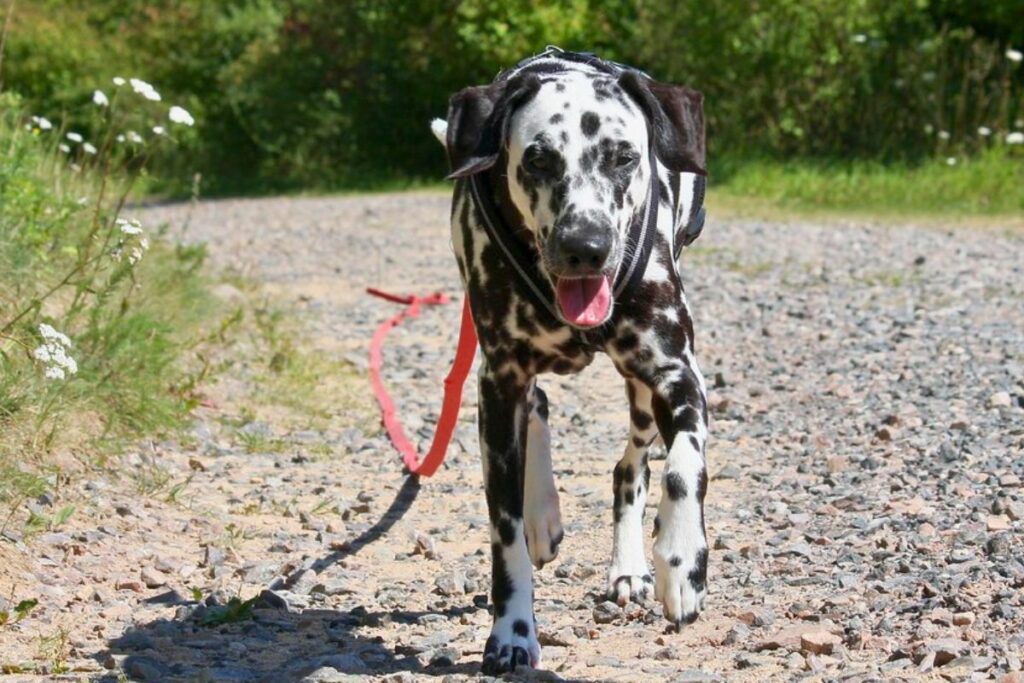Lace up your boots, grab a leash, and prepare for adventure! Choosing the right canine hiking companion is crucial for both your enjoyment and your dog’s safety. From energetic mountain climbers to steady-paced trail trotters, certain breeds are built for the backcountry. Discover the 13 best dog breeds that possess the stamina, temperament, and resilience to tackle trails, providing you with the perfect furry friend for unforgettable outdoor experiences. Let’s find your ideal hiking hound!
Things you can do with your dog: Skating, biking, jogging, snuggling, and here we have the best dog breeds for hiking. Are you someone who looks at a mountain and thinks, “Now there’s something I need to conquer!” then take along your best friend, Clifford. He’ll think he won the lottery.
Hiking is perfect for hunting and athletic dogs with endurance – Dogs that need exercise and plenty of it. Canines like pugs, French bulldogs, and Shih Tzus should sit this one out since these breeds are brachycephalic and don’t need that much daily, strenuous activity.
Active folks who love the outdoors and heavy exercise are perfect guardians for these types of dogs. (And I’m jealous since going from the couch to my desk is a heavy exercise for me.)
One of the top three aspects of adopting a dog is to answer the question, “Will they fit my lifestyle?” If so, you’ll have the quintessential hiking buddy. And you can even let them carry your snacks.
Breed traits
Hiking is a vigorous activity, and people who do it are generally in pretty good shape. There are many breed characteristics that set apart hiking dogs from non-hiking ones. This isn’t to say that there aren’t smaller dogs with a similar trait, but in general, the best dog breeds for hiking have:
- High endurance
- Speed
- Drafting (pulling a dog cart or sled) ability
- Obedience
- Intelligence
- High energy
- Double-coats
- Hunting/Sporting stamina
- Excellent recall (able to come when called)
Let’s get into the breeds that could give The Rock some major competition.
Best Dog Breeds For Hiking
Embark on an adventure with a faithful companion by your side—here are the best dog breeds that thrive on the thrill and challenges of hiking.
1. Siberian Husky
| Height: | 20”-23.5” |
| Weight: | 35-60 lbs. |
| Life span: | 12-14 yrs. |
| Coat and color: | Medium length, double-coat; 7 bi-colors and 2 single colors (black and white) |
| Group: | Working |
The Siberian husky is known for its beauty and brawn. Any dog that can pull a load through treacherous mountain terrains would qualify as some serious hikers. They’re known as a Spitz type of dog.
They’re friendly, playful dogs that love a good hike and may even be able to help you if you get trapped somewhere. Huskies do have a high prey drive, so be aware that if they spot a critter and they’re untethered, all bets might be off.
Be sure they’re trained well in obedience and recall, and you should have no problem. They also love to have a job, so if you strap a good vest on them with room for snacks, they’ll feel important by being able to help. Since they have lots of endurance and stamina, lengthy hikes should be like a walk in the park for them.
They’ve lovey-dovey dogs and will even cater to children. They were bred to be vocal, so unless you want a consistent bark, train them well with only positive reinforcement training.
2. Alaskan Malamute
| Height: | 23”-25” |
| Weight: | 75-85 lbs. |
| Life span: | 10-14 yrs. |
| Coat and color: | Medium length, double-coat; Besides coming in white, they come in 8 other bi-colors. |
| Group: | Working |
These stunning dogs, with the curled-over-their-backs tail, are muscular and energetic – two important characteristics of a hiking dog breed. Their stamina is off the charts. Since they flourish with around two hours a day of exercise, they’re ideal for the trails.
This pack animal also loves kids and will adore cuddling with you, too. They need a leader to follow in their human families, so if you train them well and consistently, they’ll recognize that you’re in charge. Take note they can be stubborn with training, but that’s where the consistency part comes in.
They’re also howlers, so echos should be interesting. Malamutes love snow, so keep an eye on them in the heat since those thick coats can become too hot for comfort. They need plenty of mental exercise, too, so it’s a good idea to have puzzle games available for them when they’re at home.
3. Rhodesian Ridgeback
| Height: | 24”-27” |
| Weight: | 70-85 lbs. |
| Life span: | 10-12 yrs. |
| Coat and color: | Smooth and short; 9 colors, almost all with “Wheaten” in them, which is a pale beige to a gold. |
| Group: | Hound |
This is one of the best dog breeds for hiking because of the ridgeback’s high endurance and stamina. They were originally bred to be lion hunters as well as guards and active companions. (Most hunting dogs are also bred to be incredible companion animals since they need to be able to fully relax when they can.)
Their name comes from Rhodesia in Central Africa, plus the small band of hair on its back that grows against the direction of the rest of the coat.
Sports they excel in:
- Obedience
- Scentwork
- Agility
- Lure coursing
They have tremendous power and courage, as you can imagine. (How else could you stare down a lion?) Also, they could be too strong for kids or the elderly, so monitor them closely – as with all dogs – when they’re together.
4. Australian Shepherd
| Height: | 18”-23” |
| Weight: | 40-65 lbs. |
| Life span: | 12-15 yrs. |
| Coat and color: | Medium length, double-coat; Black, blue merle, red, red merle. |
| Group: | Herding |
Talk about energy… If I had ¼ of this dog’s energy, I would look like Heidi Klum. Okay, maybe not, but you get my drift. This is an incredibly beautiful dog, often with piercing blue eyes and a marvelous coat with a mixture of colors. If you see one, they’ll get your attention.
Farmers and herders love this dog with its boundless energy and loyalty.
And get this… They originated in the US and were named for the Australian Basque sheepherders who were in that area in the 1800s. Go figure.
The parent club, the US Australian Shepherd Association, was established in 1990, and the American Kennel Club (AKC-US) recognized the breed in 1991. Australian Shepherd is easily trained, are very versatile, and have worked as/in:
- Service dogs
- Guiding the blind
- Search and rescue
- Law enforcement
- Therapy dogs
Hiking will be a breeze for the Australian shepherd.
5. Bernese Mountain Dog
| Height: | 23”-27.5” |
| Weight: | 70-115 lbs. |
| Life span: | 7-10 yrs. |
| Coat and color: | Medium-length, double coats; Black, rust, and white; Black, tan, and white; Black and rust; Black and white; Rust and white. |
| Group: | Working |
If there were an 18-wheeler on this list, the Bernese would be it. With incredible strength and intelligence, they did various tasks on farms in Switzerland – Things like drafting, herding, and protecting. These dogs are made for the mountains.
Another cold-weather dog, you might want to take winter hikes with this breed. They get along with the entire family, especially kids, but can be suspicious of strangers. Far from vicious or aggressive, the Bernese is more likely to see if he can get in your lap than attack someone, although that is on their list of possible jobs.
They need lots of exercise and mental stimulation, so hiking would be a favorite activity for them. As with all dogs, supervise them around children, but these big guys can even be around babies since they’re so gentle.
6. Vizsla
| Height: | 21”-24” |
| Weight: | 44-60 lbs. |
| Life span: | 12-14 yrs. |
| Coat and color: | Smooth, short; Golden rust, golden, red, red golden, rust, rust golden, sandy yellow |
| Group: | Sporting |
These magnificent dogs are perfect hiking companion canines and are the national dogs of Hungary. They were developed to hunt upland game and waterfowl. Commonly called Hungarian pointers, Vizslas are friendly and eager to please.
They’re “wired for sound” and need open space to run, so be sure they’re trained well for recall. Highly intelligent and obedient, they play well with energetic kids and know their limits with proper training. These extremely fast dogs are born with blue eyes and have come a long way since their initial development over 1,000 years ago.
They’re one of the oldest hunting dogs and know what they’re doing when it comes to:
- Scentwork
- Conformation ring
- Hunting
- Service dog
- Obedience
- Agility
- Tracking
They won “Best In Show” at the famous Crufts competition (UK) in 2010, so they’re doing something right.
7. German Shorthaired Pointer
| Height: | 21”-25” |
| Weight: | 45-70 lbs. |
| Life span: | 10-12 yrs. |
| Coat and color: | Smooth, short; Liver, liver and white, liver roan, white and liver, black and white, black, black roan. |
| Group: | Sporting |
This extraordinary gun dog is versatile, athletic, and easy-going. Hunters all across North America love that they can point, retrieve, track, and swim and then do it all over again and again.
Their innate hunting instincts might have them with their noses to the ground on the hike, but it’s all good. Just make sure they have their obedience training down pat. These are super family dogs and worth it. According to Gun Dog Magazine, “German shorthaired pointers are also one of the main dog breeds in many kinds of field trials and a variety of hunting contests.”
They were developed in Germany in the 1870s, where the National Deutsche Kurzhaar Klub was eventually formed. When they came to America, certain aspects of the breed were “tweaked” and formed into the dog we know today.
Shorthairs have a high prey drive and can learn at a young age since they’re easily trained.
Can you imagine this dog in the mountains or out in the woods with you? Fabulous!
8. Australian Cattle Dog
| Height: | 17”-20” |
| Weight: | 35-50 lbs. |
| Life span: | 12-16 yrs. |
| Coat and color: | Smooth, short, double-coat; Blue, blue mottled, blue speckled, red speckled, red mottled. |
| Group: | Herding |
Unlike the Australian shepherd that was developed in America, the blue heeler or Queensland heeler (as they’re often called) comes from Australia. When they’re herding cattle, their speed is almost shocking, and they’re so intelligent they can work independently from their guardians.
Their work ethic is almost unmatched in the world of dogs. They’re passionate about what they do, and it shows. They’d love to be your running buddy and could hang out all day in the woods with you. (Just be sure to take a Frisbee.)
They probably won’t be all ga-ga over you like a golden retriever, but they’ll certainly love being by your side and with you whenever possible. Excellent hiking partners, they’re related to Australia’s famous wild dog, the Dingo, love to hunt, and are the perfect specimen of strength and agility.
9. Labrador Retriever
| Height: | 21.5”-24” |
| Weight: | 55-75 lbs. |
| Life span: | 10-12 yrs. |
| Coat and color: | Medium length, double-coat; Dark golden, golden, light golden |
| Group: | Sporting |
This is, arguably, the most famous dog of all time. Everyone loves a lab, and a lab loves everyone. But did you know they’re the best bird dog out there?
So you might think maple syrup and hockey are two of the best things from Canada, but I would add… the labrador. Developed in Newfoundland, this breed worked with fishermen to retrieve lines and fish. To say they love the water would be an understatement.
Among the most versatile of working dogs, labs were always black until the late 1800s when the Duke of Buccleuch bred them to be a liver color. There is an American and a British labrador retriever, which not everyone knows.
So as not to confuse, a lab is a lab is a lab… There’s only one breed, but they’re often bred to perform different duties (hunting or conformation shows/dog shows), so they do have a few minor physical differences.
The lab has become one of the most popular sporting breeds of the 21st century. So go to a lake, go to the ocean, or go to a pond. Just go hiking with this dog!
10. Weimaraner
| Height: | 23”-27” |
| Weight: | 55-90 lbs. |
| Life span: | 10-13 yrs. |
| Coat and color: | Short, smooth; Blue, gray, silver gray |
| Group: | Sporting |
One reason why Weimaraners are one of the best dog breeds for hiking is because they thrive on mental and physical stimulation, and that’s what hiking is all about. These absolutely gorgeous dogs will keep going long after you’re worn out.
Their nicknames are “The Gray Ghost” or “Weimar Pointer,” and those beautiful bodies are easy to groom but don’t need it very often. (Unless they participate in mud games on your hike.) They’re so good-natured and tremendous with kids; if you’ve only got room for Grandma or the Weim, take the Weim.
Developed in Germany in the 1800s, Grand Duke Karl August, who lived in Weimar, wanted to make the perfect hunting dog. Weims were first used as big-game hunters (bears, wolves, and the like) but eventually became pointers and retrievers of game birds. Quite a jump, huh?
11. Portuguese Water Dog
| Height: | 17”-23” |
| Weight: | 35-60 lbs. |
| Life span: | 11-13 yrs. |
| Coat and color: | Curly or wavy, long; Black, brown, white |
| Group: | Working |
This “Doodle” dog lookalike tells us a lot with its name, but did you know they’re also:
- A dog that sheds very little making them easier on those with allergies
- Friendly
- Loyal
- Eager
- Really good with children and other dogs
- Highly affectionate
- Even-tempered
The Portie was also bred to help fishermen and even delivered messages between boats. They’re fantastic swimmers and divers. Their weather-resistant coats protect them from freezing waters and harsh conditions.
Their great stamina will come in handy when you have an especially long hike, and they’ll obey on a dime since they want to please their guardian(s). Very easy to train, they’re brave and fatigue-resistant. They have really good eyesight but definitely aren’t in the scenthound bracket.
12. Jack Russell Terrier
| Height: | 10”-12” |
| Weight: | 9-15 lbs. |
| Life span: | 12-14 yrs. |
| Coat and color: | 2 types – Wiry and smooth: White with black markings, white with brown markings, white with cream markings, white with tan markings, and tri-color markings |
| Group: | Terrier |
You might be saying, “So this little guy is supposed to take a hike with me?” Absolutely. Their energy is very high, and they need a lot of physical and mental exercise. They were bred to flush foxes out of their holes, hence, the small stature.
Here’s where it can be confusing: The Jack Russell terrier and the Parson Russell terrier are two separate breeds. They were developed in England in the 1800s to work with hounds that hunted. Reverend John Russell (The Sporting Parson) originally bred them.
Jack Russell terriers are tough, have high stamina, and are active dogs, so climbing those hills will be a breeze for them. They’re curious and friendly and adore their human pack members and other dogs. They could be snippy with young children, so always supervise them as you should with any other dog.
13. Dalmatian
| Height: | 19”-24” |
| Weight: | 45-70 lbs. |
| Life span: | 11-13 yrs. |
| Coat and color: | Smooth and short; (Surprisingly)…White and black; white and liver brown; white and orange; white and lemon; white, black, and tan; white, liver, and tan |
| Group: | Non-sporting |
This is one of the most unique dogs there is, with its easily recognizable spotted body. Developed in Croatia, they were bred to guard horses and carriages, but they’ve been a little bit of everything:
- Military
- Sentinel
- Firehouse mascot
- Retriever
- Bird dog
- Circus
- Hunting
They still have that protective streak they’re bred for, and today, they’ve mostly settled into being great family pets. They’re speedy, have endurance and strength, and will keep you hiking for hours.
The Dalmatian is born pure white and develops its spots. Although their origin story is murky, we do know they were named after Dalmatia, Croatia, their first home that we’re aware of.
If you’re wondering how they became firehouse mascots, it all makes sense. In the 1800s, horses pulled fire engines (did the lightbulb over your head go off?), and so began their long history with firefighters.
Choosing the Perfect Breed for Hiking
So, are you ready to adopt a dog who can be your beloved companion while you explore our incredible world? Try to choose a breed with endurance, stamina, and strength. You need a dog with enough gumption and curiosity to want to explore and go, go, go!
When you’ve made your decision, always remember these important recommendations:
- Microchip your dog. No matter how well-trained your dog is, something could always happen that could spook them or separate you. Since you might be in an area you’re not familiar with, it’s a critical way to ensure they have the best chance to come home.
- Be prepared. Take water, collars, leashes, vests, dog bowls, dog food, any medications they’re on, and your vet’s contact information. Bonus points if you’ve researched where the nearest vet or animal hospital is. Double bonus points if you equip your dog with booties.
- Don’t forget the First Aid kit. Especially on hikes, your dog can get scratches, cuts, or worse as you roam together. You’ll need to be ready to administer aid.
What Dog Breeds to Avoid for Hiking
Never take a brachycephalic dog – those with flat faces – on hikes. Their respiratory systems aren’t made for strenuous exercise, and it could be life-threatening. Breeds like the following should stay at home and watch Netflix while you and Mojo lace up your hiking boots:
- Pugs
- French bulldogs
- Pomeranians
- Shih Tzus
- Cavalier King Charles spaniels
- Boxers
- Boston terriers
And more. According to the Humane Society Veterinary Medical Association, there are 24 dog breeds with brachycephalic conformation.
We also don’t recommend taking Dachshunds or other breeds with short legs. Climbing roots, stones, and hills can be too hard on their back and joints. Puppies shouldn’t hike either. They’re still developing and get enough cardio just jumping around at home.
Additionally, dogs like greyhounds and chihuahuas don’t do well in cold weather, so don’t take them to a place like the Great Smokey Mountains in winter. If it’s at a better location that’s warmer but still has a chill, make sure they wear their sweaters.
And remember, any dog can suffer from heat exhaustion, so if it’s 90 degrees outside, try an indoor activity.
FAQs
What Breed of Dog Can Walk the Furthest?
Siberian huskies were bred to travel long distances and have the endurance and stamina for a significantly long walk.
What Dogs Are Good for Long Walks?
- Labrador retriever
- American Staffordshire terrier
- Golden retriever
- Border collie
- Bernese mountain dog
- Australian Shepherd
- Australian cattle dog
- Weimaraner
- Vizsla
And more.
What Kind of Dog Is Best for Hiking in Bear Country?
Karelians are incredibly brave and are actually called “bear dogs, and the Norwegian Elkhound can even hold a bear at bay.
You don’t necessarily want a dog who can attack a bear since you might only have your Chihuahua with you, but having any large dog breed would put you more at ease if you’re concerned about encountering a bear. While most dogs wouldn’t be able to fight one, they can certainly sound the alarm.
Conclusion
Ready for a hike? If you take the proper safety precautions and recognize which dog breeds are perfect for hiking, you’ll have a trip that is Instagram-worthy.
Hold off from taking the dogs we’ve mentioned, but if you have a breed who’d rather be hiking than eating treats, go have the time of your life. (Just remember to pack the Scooby snacks.)
Ultimately, the “best” hiking dog breed depends on your individual needs and lifestyle. While this list highlights 13 breeds known for their stamina, trail-worthiness, and love of the outdoors, factors like your hiking experience, the terrain you frequent, and your dog’s temperament should heavily influence your choice. Remember to prioritize proper training, conditioning, and safety gear for any dog venturing onto the trails, ensuring enjoyable and safe adventures for both you and your canine companion. Research and responsible pet ownership pave the way for countless happy hikes together.

